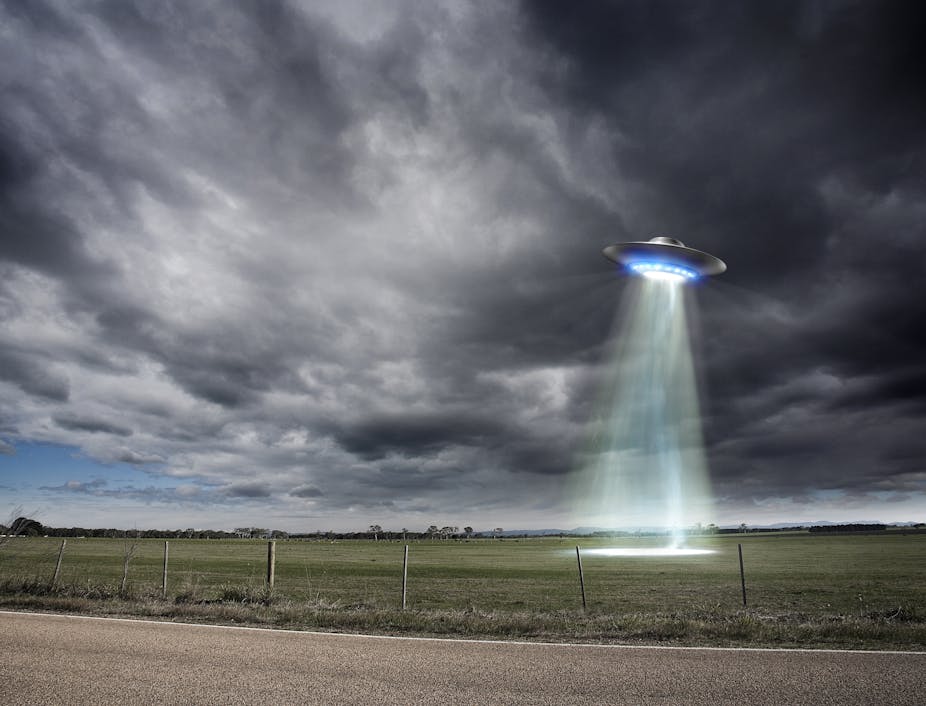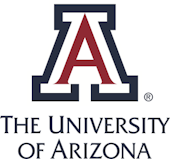By Ariane de Vogue, CNN Supreme Court Reporter
The Supreme Court on Monday will delve into atrocities committed during World War II and hear two cases brought by victims and their family members who are seeking compensation for property they say was stolen from them during the Holocaust.

© Tobias Schwarz/AFP/Getty Images
A visitor looks at the the cupola reliquary (Kuppelreliquar) of the so-called "Welfenschatz" (Guelph Treasure) displayed at the Kunstgewerbemuseum (Museum of Decorative Arts) in Berlin.
The justices will ultimately decide whether the cases against Germany and Hungary can proceed in US courts.
The court's decision could open the door to the possibility of similar lawsuits against foreign countries but also raises difficult questions about entangling the judiciary in matters concerning sensitive foreign policy questions.
At issue is a federal law that allows suits against a foreign government when a property is taken "in violation of international law." The US Justice Department is siding with lawyers for Germany and Hungary arguing the cases should be dismissed.
The lawsuit against Hungary was initially brought in 2010 by 14 Jewish survivors, including four United States citizens, who sued Hungary and its state-run railway company seeking compensation for property that was stolen from their families in 1941. They say their possessions and those of their families were taken from them as they boarded trains destined for concentration camps and they seek to represent a class of victims who have been injured in similar ways.
While the Foreign Sovereign Immunities Act generally provides immunity to foreign states from suits in US courts, the plaintiffs argue their case falls into an exception because the goods were stolen in violation of international law.
"Hungary committed in the 1947 peace treaty to fully compensate its victim and it has never done so," Sarah Harrington, a lawyer for the victims, said in an interview. "Congress said courts could hear these claims and even the United States has said there is a moral imperative to provide justice for Holocaust victims in their lifetime."
But lawyers for Hungary say that such litigation would interfere with the foreign policy of the United States, and that US courts have long dismissed such claims so as to avoid "international discord."
"Adjudicating these claims would inevitably disrupt foreign relations and could expose the United States to similar treatment by other nations' judges," Gregory Silbert, a lawyer for Hungary, told the justices in court papers. He stressed that Hungary has made "substantial, additional payments to Holocaust victims and Jewish organizations." The "tens of billions of dollars" the plaintiffs might seek would "devastate Hungary's economy," Silbert argues.
The US Justice Department has filed a court brief in favor of Hungary's position. Acting Solicitor General Jeff Wall said the United States "deplores the atrocities committed by the Nazi regime" and it has supported efforts to provide their victims with remedies for "egregious wrongs."
Yet in the case at hand, Wall said the US has "paramount interest" in ensuring that its foreign partners handle the dispute, arguing that litigation in US courts could "undermine that objective." He said that courts have long recognized that in appropriate cases judges could voluntarily defer to another nation to resolve the dispute.
A district court dismissed the lawsuit -- and declined to get involved-- holding that the survivors should have first tried to file suit in Hungary. A US Court of Appeals for the District of Columbia Circuit reversed that ruling.
The second case, Germany v. Phillipp, takes a closer look at the reach of the law as it applies to the heirs of several Jewish art dealers who did business in Germany in the 1930s.
They seek to recover an art collection of medieval relics and devotional art dated from the 11th to 15th centuries. In court papers their heirs say they were forced to sell the art to the Nazi-controlled State of Prussia at a price much less than the art was worth. They lost a claim in Germany after an advisory commission concluded that the sale of the art "was not a compulsory sale due to persecution."
They then filed suit in US courts seeking the return of the art, or $250 million, or both
Nicholas M. O'Donnell, a lawyer for the victims, said that in 1935 the "Nazis -- led by Hermann Goering and for Hitler's personal benefit -- forced the sale of the collection at issue in this case" known as the Welfenschatz.
"If such a coerced sale is not a taking in violation of international law, then nothing is," he said.
The DC Circuit Court of Appeals held that under the FSIA, the suit could go forward.
The justices will ultimately decide whether the cases against Germany and Hungary can proceed in US courts.
The court's decision could open the door to the possibility of similar lawsuits against foreign countries but also raises difficult questions about entangling the judiciary in matters concerning sensitive foreign policy questions.
At issue is a federal law that allows suits against a foreign government when a property is taken "in violation of international law." The US Justice Department is siding with lawyers for Germany and Hungary arguing the cases should be dismissed.
The lawsuit against Hungary was initially brought in 2010 by 14 Jewish survivors, including four United States citizens, who sued Hungary and its state-run railway company seeking compensation for property that was stolen from their families in 1941. They say their possessions and those of their families were taken from them as they boarded trains destined for concentration camps and they seek to represent a class of victims who have been injured in similar ways.
While the Foreign Sovereign Immunities Act generally provides immunity to foreign states from suits in US courts, the plaintiffs argue their case falls into an exception because the goods were stolen in violation of international law.
"Hungary committed in the 1947 peace treaty to fully compensate its victim and it has never done so," Sarah Harrington, a lawyer for the victims, said in an interview. "Congress said courts could hear these claims and even the United States has said there is a moral imperative to provide justice for Holocaust victims in their lifetime."
But lawyers for Hungary say that such litigation would interfere with the foreign policy of the United States, and that US courts have long dismissed such claims so as to avoid "international discord."
"Adjudicating these claims would inevitably disrupt foreign relations and could expose the United States to similar treatment by other nations' judges," Gregory Silbert, a lawyer for Hungary, told the justices in court papers. He stressed that Hungary has made "substantial, additional payments to Holocaust victims and Jewish organizations." The "tens of billions of dollars" the plaintiffs might seek would "devastate Hungary's economy," Silbert argues.
The US Justice Department has filed a court brief in favor of Hungary's position. Acting Solicitor General Jeff Wall said the United States "deplores the atrocities committed by the Nazi regime" and it has supported efforts to provide their victims with remedies for "egregious wrongs."
Yet in the case at hand, Wall said the US has "paramount interest" in ensuring that its foreign partners handle the dispute, arguing that litigation in US courts could "undermine that objective." He said that courts have long recognized that in appropriate cases judges could voluntarily defer to another nation to resolve the dispute.
A district court dismissed the lawsuit -- and declined to get involved-- holding that the survivors should have first tried to file suit in Hungary. A US Court of Appeals for the District of Columbia Circuit reversed that ruling.
The second case, Germany v. Phillipp, takes a closer look at the reach of the law as it applies to the heirs of several Jewish art dealers who did business in Germany in the 1930s.
They seek to recover an art collection of medieval relics and devotional art dated from the 11th to 15th centuries. In court papers their heirs say they were forced to sell the art to the Nazi-controlled State of Prussia at a price much less than the art was worth. They lost a claim in Germany after an advisory commission concluded that the sale of the art "was not a compulsory sale due to persecution."
They then filed suit in US courts seeking the return of the art, or $250 million, or both
Nicholas M. O'Donnell, a lawyer for the victims, said that in 1935 the "Nazis -- led by Hermann Goering and for Hitler's personal benefit -- forced the sale of the collection at issue in this case" known as the Welfenschatz.
"If such a coerced sale is not a taking in violation of international law, then nothing is," he said.
The DC Circuit Court of Appeals held that under the FSIA, the suit could go forward.

© Felipe Trueba/EPA/Shutterstock
A silver bust reliquary and other items that are part of the Guelph Treasure are exhibited at the Museum of Decorative Arts in Berlin, Germany.






















